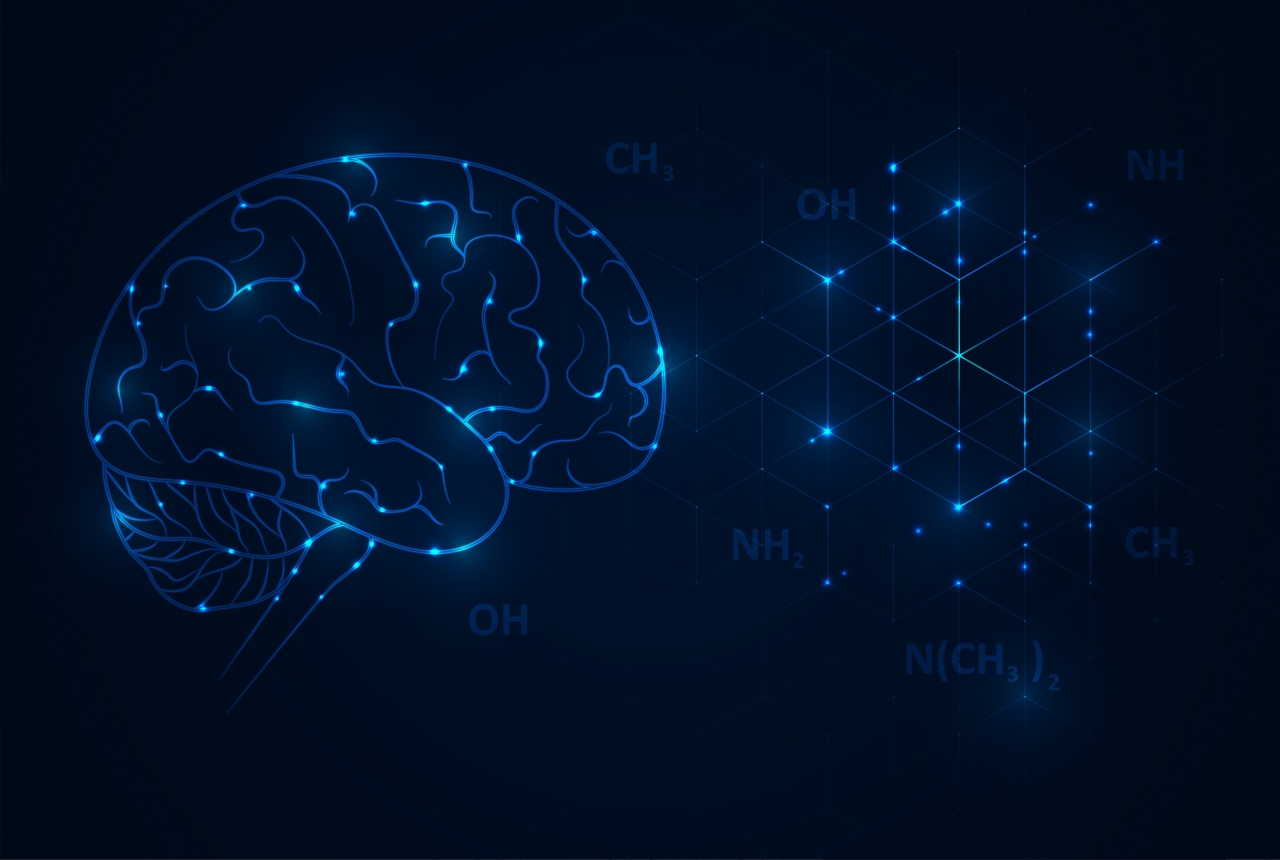Has Deep Learning Made Traditional Machine Learning Obsolete?

The artificial intelligence (AI) field has made its mark on virtually every industry, from manufacturing and logistics to robotics and health...
The artificial intelligence (AI) field has made its mark on virtually every industry, from manufacturing and logistics to robotics and health care. AI is becoming increasingly advanced, allowing more companies to integrate AI solutions into their business models.
One of the main subsets of AI is machine learning (ML) — a well-known and incredibly widely used AI application that has advanced considerably over the years. Another buzzword in the AI community is deep learning. While ML and deep learning are sometimes used interchangeably, the two AI applications differ.
Below, learn more about traditional machine learning versus deep learning, what industries still rely on traditional ML, and whether modern deep learning techniques are rendering ML obsolete.
In simple terms, ML consists of a set of algorithms that make a machine intelligent by parsing through datasets, learning from them, and applying that knowledge to future processes. A good way to think about ML and deep learning is that all deep learning is ML, but not all ML is deep learning.
For ML to work properly, it requires human intervention. ML algorithms are complex and involve extensive coding. These solutions are fed data to perform the desired function and progressively improve. Businesses across many industries commonly leverage ML solutions to automate tasks.
On the other hand, deep learning — a subfield of ML — uses neural networks to create algorithms. For an algorithm to be considered deep learning, it must haveat least three node layers.
A deep learning model requires a layered structure of algorithms to create an artificial neural network (ANN). The model can continuously analyze data, similar to how humans draw conclusions. Deep learning modelscommonly automate predictive analytics, which is highly beneficial for many businesses and can give them a competitive edge.
Deep learning is expected to become more prolific in the development of self-driving cars. When deep learning solutions function correctly, they are a scientific marvel. Deep learning is considered the closest technology to mimicking human-like intelligence. However, it’s challenging to ensure deep learning solutions do not draw incorrect conclusions.
Companies are still leveraging traditional ML mainly because these methods are well-understood. It’s easier to diagnose ML problems, train ML, and spend less time working on ML models compared to deep learning models.
Below are a variety of some of the many industries that still use ML, despite deep learning being more advanced.
Traditional ML became widely used in the customer service sector, especially with the major development of chatbots. It also helped the industry predict user behavior, manage its supply chain, and improve inventory management.
The modern consumer demands round-the-clock access to customer service representatives, fueling the adoption of ML chatbots. By 2024, the global consumer spending on retail via chatbotswill hit $142 billion.
Airlines often use traditional ML to gather aircraft performance and operations dataand spot poor weather conditionsand air traffic fluctuations. Another way ML can help is to ensure safety when shipping potentially hazardous chemicals.
For example, it’s common for the aviation industry to use safety data sheets (SDS), as required by the Federal Aviation Administration (FAA),with 16 different sectionsto outline what materials are shipped by ground or air. The aviation industry can improve its FAA compliance and SDS by integratingan automated ML solutioncapable of creating bulletproof documentation.
For instance, aviation companies can discover defects or anomalies, monitor cybersecurity threats, and optimize critical business processes with an ML and data visualization dashboard.
Because traditional ML can analyze vast amounts of data, marketers will leverage solutions to guide their marketing strategies. Marketers can now harness the power of big data and ML to learn about consumer behavior and trends, identify patterns in web traffic, and optimize advertising campaigns.
Another important ML application in marketing is predictive targeting, whichprovides marketers with valuable insightsabout future purchases. For example, a marketer can learn the probability of a consumer making a specific purchase decision in a set amount of time.
Traditional ML solutions generally require less computing power and smaller data samples. Humans can understand ML outcomes easier than deep learning. Some experts suggest that deep learning issomewhat of a “black box”— a deep learning model’s results can only be interpreted rather than fully evaluated.
Traditional ML also tends to be more reliable than deep learning. This is not to discredit the advancements made in deep learning. Still, in certain cases, such as using ML in health care or law enforcement, the reliability of these technologies plays a significant role in how companies use them.
It’s unlikely that deep learning will fully replace traditional ML. Depending on the company and its goals or desired outcomes, it will be up to them to decide whether ML or deep learning solutions will fit their needs.
Deep learning is a popular approach for many AI developers. However, traditional machine learning is still a modest first choice for many practitioners.
For deep learning to render ML obsolete, it will have to become easier to use and more refined and overcome current challenges regarding performance and reliability. Regardless, it will be interesting to watch deep learning, ML, and the broad field of AI evolve over time.

